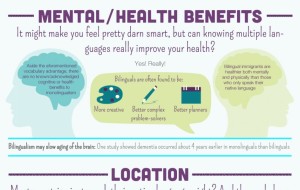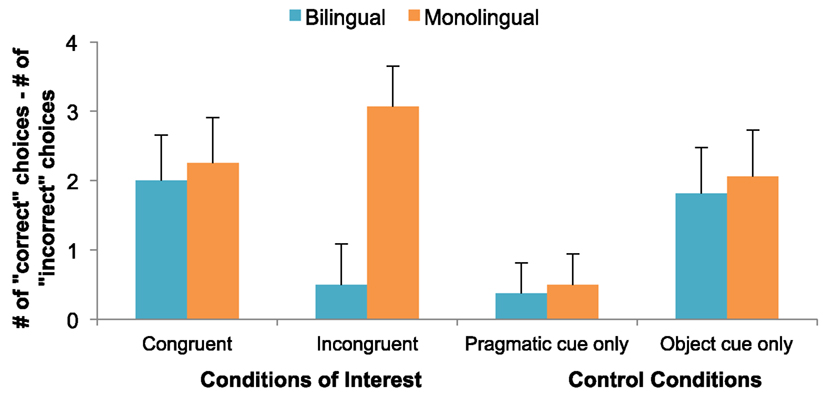

In this paper, we aim to address both method-specific and analysis-specific issues, by presenting a novel approach that relies on the frontier methodology that measures the relative efficiency of a decision-making unit (DMU) compared to the best practice, in what is termed as technical efficiency. The need to control for an extensive array of indicators has been highlighted in Paap and Greenberg ( 2013) within this context, and within Stuart ( 2010) in a broader sense. For example, controlling for (or matching on) children’s grade (or age) and socio-economic status (SES), might exclude performance differences attributed to vocabulary and grammar skill differences in both languages, to name but a few. As most studies in this field feature small samples, certain limitations are, perhaps, unavoidable. Analysis-specific differences comprise variations in the data cleaning, and subsequent analyses most notably controlling for participant-specific characteristics. ( 2011) is one of the few that report five, which, not surprisingly, lead to different conclusions. The majority of studies report a single test, while Poulin-Dubois et al. Some of the executive function tasks that have been used include the dimensional change card sort (DCCS) task (Zelazo et al., 1996), the Children’s Embedded Figures Task (Bialystok & Shapero, 2005), the flanker task (Calvo & Bialystok, 2014 de Abreu et al., 2012 Kapa & Colombo, 2013 Yang et al., 2011), the attentional network task (ANT) (Antón et al., 2014 Poarch & van Hell, 2012 Yang et al., 2011), the Simon task (Poarch & van Hell, 2012), the Stroop task (Antón et al., 2014 Poulin-Dubois et al., 2011) and the Multilocation task (Poulin-Dubois et al., 2011). Method-specific differences comprise the particulars of executive function tasks, such as the administered task, and whether the investigated quantity is the accuracy and/or the reaction time. This lack of consensus in the literature may be attributed to several factors, broadly grouped into two categories method-specific and analysis-specific. In particular, the bilingual advantage may be confined within particular age ranges, such as preschool children or older adults (Bialystok, 2017 Hilchey & Klein, 2011), or specific subcategories of executive function thus prohibiting generalisations (Bialystok et al., 2009). On the other hand, there is increasing evidence that the “bilingual advantage” may not be as universal as originally suggested. Footnote 1 On the one hand, a number of studies suggest that bilinguals outperform monolinguals on executive function tasks, in a so-called “bilingual advantage” (Bialystok, 2001 Bialystok et al., 2004, 2006 Bialystok & Martin, 2004 Calvo & Bialystok, 2014 Emmorey et al., 2008). By using the TE approach on a relevant existing dataset, we further highlight TE’s advantages compared to conventional analyses not only does TE use a single measure, instead of two principal components, but it also allows more group observations as it accounts for differences between the groups by construction.Ī large strand of the empirical research on bilingualism focuses on the comparative performance of bilingual and monolingual populations with regards to executive function. Robustness tests reveal that TE yields similar results to the more complex conventional MANCOVA analyses, while utilising information in a more efficient way.

Results show that bilinguals have superior TE compared to their monolingual counterparts, being around 6.5% more efficient.


In a second stage, we compare the TE of the groups using an ANCOVA, a bootstrap regression, and a k-means nearest-neighbour technique, while controlling for a range of background variables. We use a data envelopment analysis technique to estimate TE for a sample of 32 Greek–English bilingual and 38 Greek monolingual children. This study moves beyond the traditional approach towards bilingualism by using an array of executive functioning tasks and frontier methodologies, which allow us to jointly consider multiple tasks and metrics in a new measure technical efficiency (TE). This approach targets method- and analysis-specific issues in the field, which has reached an impasse (Antoniou et al., 2021). This paper introduces a novel approach to evaluate performance in the executive functioning skills of bilingual and monolingual children.


 0 kommentar(er)
0 kommentar(er)
